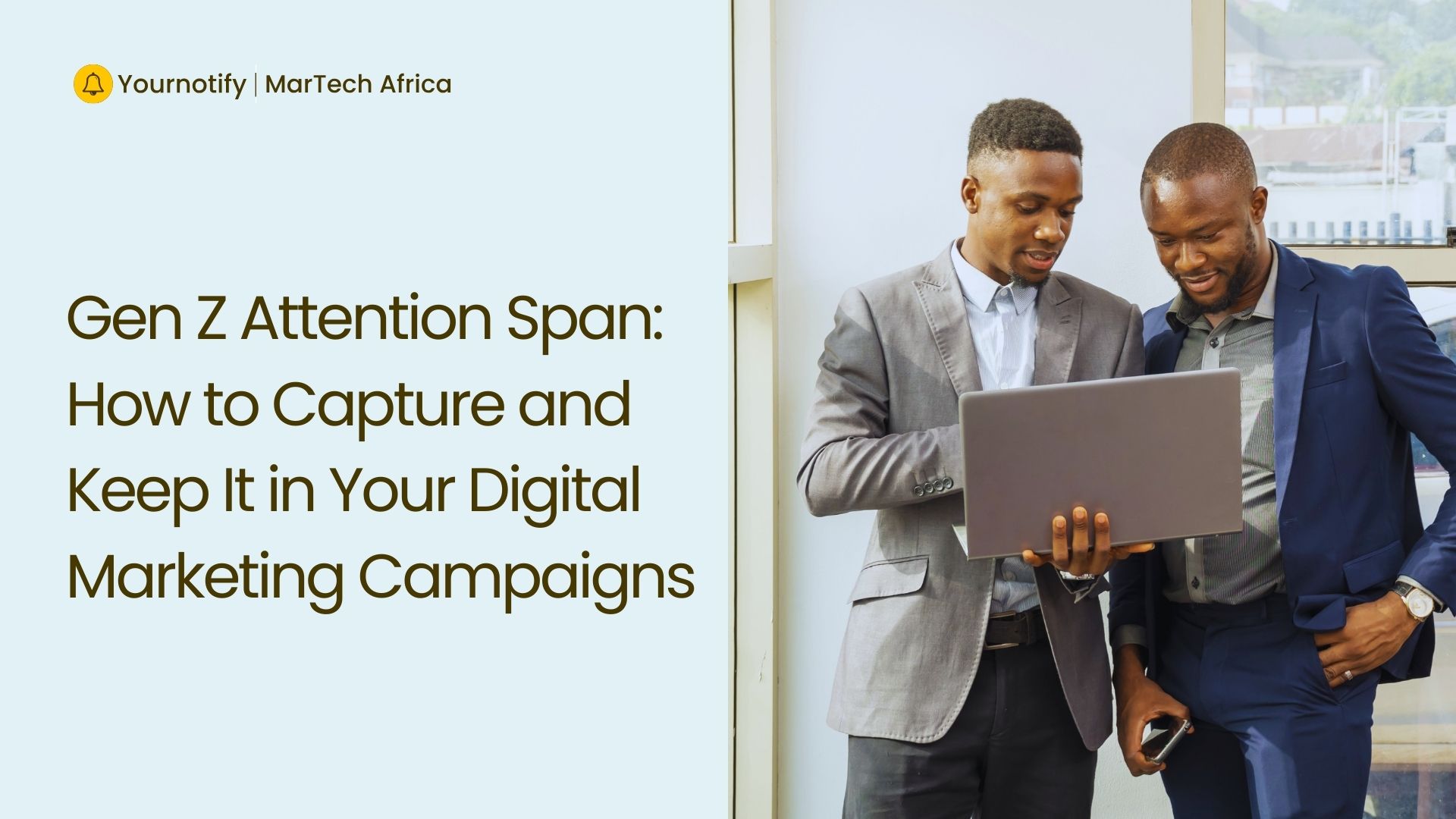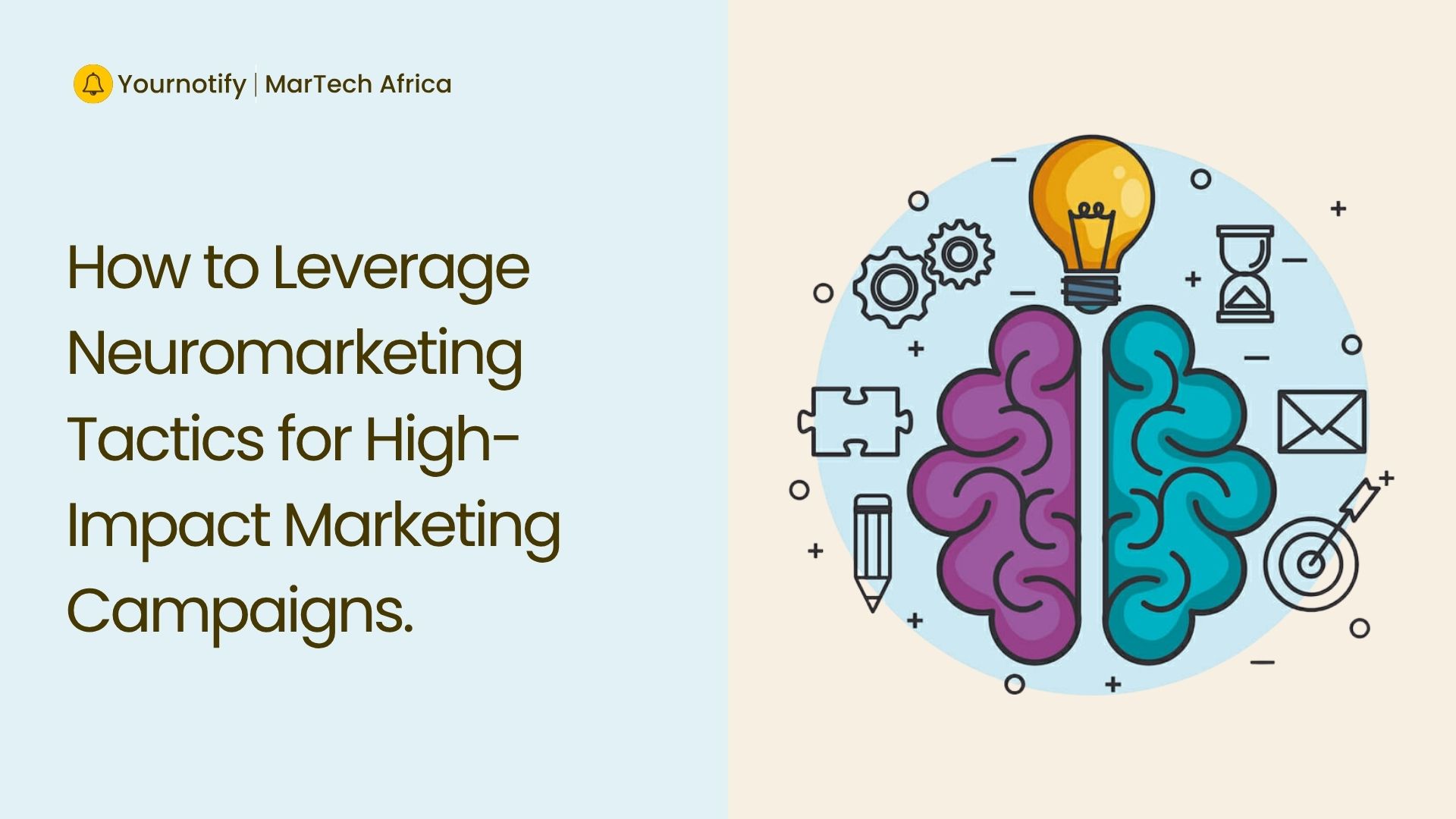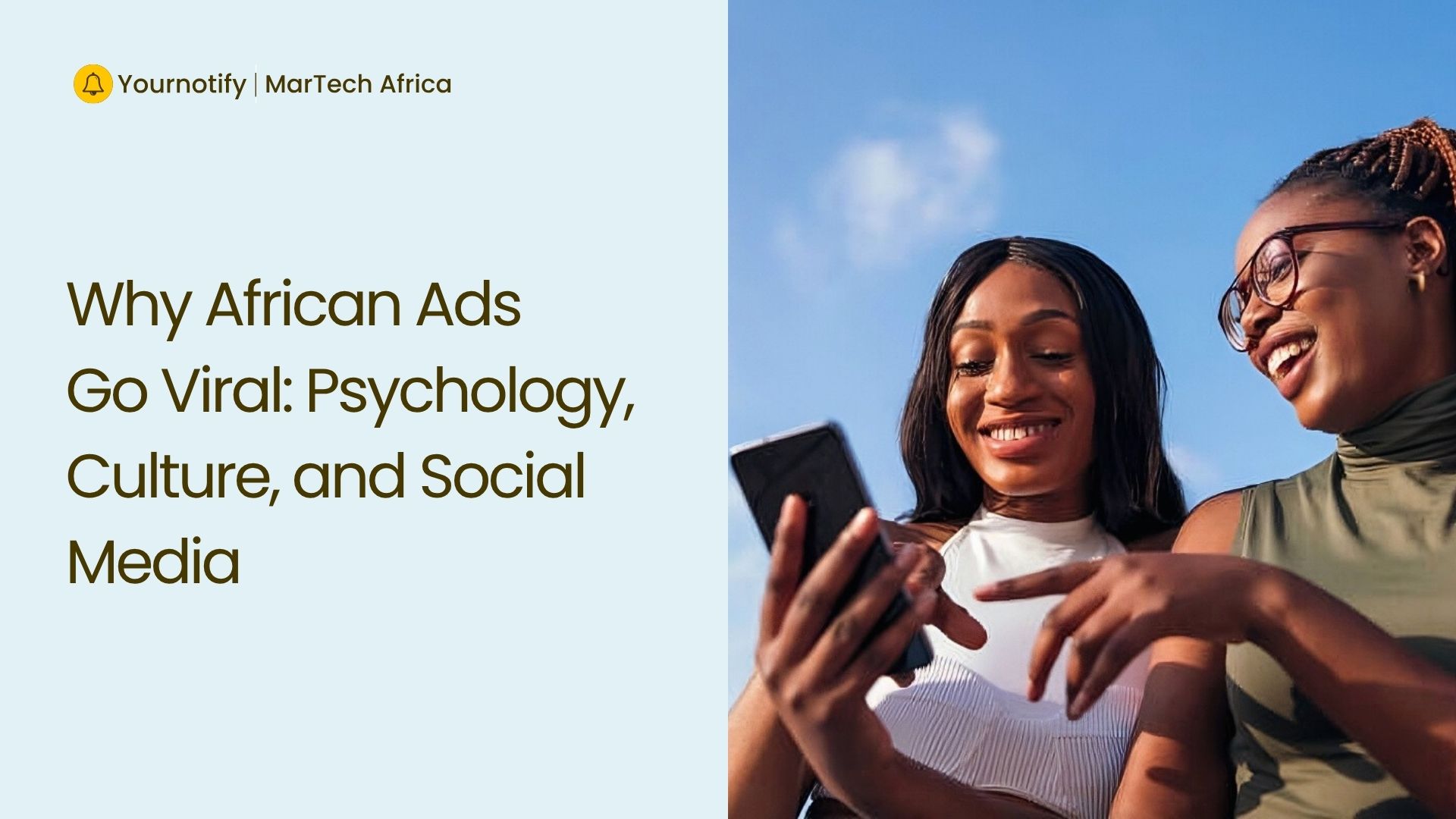Scroll through your phone today and you’ll see dozens of fintechs promising seamless transfers, skincare…

Gen Z Attention Span: How to Capture and Keep It in Your Digital Marketing Campaigns
Marketers everywhere have come to recognize one undeniable truth, which is that Generation Z is unlike any audience before it. Born roughly between 1997 and 2012, this generation has grown up in a hyper-digital environment, surrounded by smartphones, apps, social media, and on-demand entertainment. They are not just consumers of digital content; they are curators, creators, and critics of it. And with that power comes one of the most talked-about challenges in marketing today: Gen Z’s notoriously short attention span.
A Microsoft study once suggested that the average human attention span had dropped to eight seconds, shorter than that of a goldfish. While this figure has been debated by Sword and the Script, it captures a broader truth. Today’s audiences, and Gen Z especially, have little patience for content that doesn’t immediately resonate.
For marketers, this doesn’t mean Gen Z is inattentive; it means they are selective. They filter out what doesn’t serve them and focus on what does. The question is: how can brands capture, and more importantly, keep, their attention in such a noisy digital landscape?
The Myth and Reality of Gen Z’s Attention Span
It’s tempting to think of Gen Z as distracted, but the reality is more nuanced. They don’t lack focus; they have mastered the art of filtering. They have access to countless apps, notifications, and streams of content competing for their time, they’ve developed a “content radar” that helps them quickly judge whether something is worth engaging with. If a brand message is irrelevant, inauthentic, or too slow to deliver value, they’ll scroll past without hesitation.
This doesn’t mean Gen Z won’t give attention where it’s deserved. On the contrary, they will spend hours watching TikTok creators, streaming live content, or immersing themselves in a brand story if it speaks to them. The key difference is that marketers no longer have the luxury of slowly warming up their audience. The hook needs to come fast, and the value must be clear.
Why Capturing Gen Z’s Attention Matters
This generation represents over 30% of the global population and wields immense buying power both directly and through influence over household spending. By 2030, Gen Z is projected to become the most dominant consumer group worldwide. Brands that can effectively capture their attention now are building loyalty with the next generation of long-term customers.
Strategies for Capturing and Keeping Gen Z’s Attention
1. Lead with Visual Storytelling
Gen Z is a visually driven generation and its proven by how platforms like TikTok, Instagram Reels, and YouTube Shorts thrive because they combine entertainment with storytelling in quick sessions. To reach them, marketers need to shift from text-heavy campaigns to highly visual formats. Think bold graphics, dynamic videos, and authentic user-generated content that feels less like an ad and more like a conversation.
A story-driven approach where even a 15-second video communicates a relatable narrative can linger far longer in Gen Z’s minds than a polished but generic commercial.
2. Authenticity Over Perfection
The Gen Zs are quick to spot when a brand is being performative or trying too hard to fit in. Instead of striving for perfection, brands should focus on authenticity. Behind-the-scenes videos, raw storytelling, and campaigns that show vulnerability or human mistakes often create stronger bonds than flawless ad campaigns.
Take, for example, how some brands respond to feedback online. When companies acknowledge criticism openly and engage with users in a conversational tone, Gen Z interprets that as respect for their voice. That, in turn, earns their loyalty.
3. Interactivity and Participation
Gen Zs want to participate and get involved as much as they watch and listen. Interactive content like polls, quizzes, challenges, and user-generated campaigns allows them to feel like co-creators of a brand’s narrative. TikTok challenges are a classic example: they thrive because they invite participation, not passive consumption.
Brands that provide platforms for co-creation not only capture attention but also extend their reach organically, as Gen Z loves to share experiences that feel personal and fun.
4. Speak Their Language
Gen Z is fluent in memes, internet humor, and cultural references. They are highly attuned to trends, and they expect brands to meet them where they are. This doesn’t mean forcing slang or awkwardly imitating TikTok dances, but it does mean paying attention to cultural conversations and weaving them naturally into campaigns.
Campaigns that come across as tone-deaf or outdated risk alienating this audience. On the other hand, those that demonstrate cultural awareness build credibility. It’s about showing you “get it,” without trying too hard.
5. Short-Form First, But Depth Matters Too
Short-form video is critical for catching Gen Z’s eye, but once they’re hooked, they’re not afraid to go deep. Many young consumers will binge hours of long-form content, from YouTube documentaries or Twitch streams, if the topic matters to them. The trick is to use short-form content as the entry point, the quick hook that leads into deeper storytelling where the brand can expand on values, products, or experiences.
For instance, a 10-second TikTok clip can spark curiosity, but linking it to a longer YouTube explainer or a live Q&A can turn fleeting attention into sustained engagement.
6. Values-Driven Marketing
Perhaps more than any previous generation, Gen Z cares about values. They want to support brands that align with their social, environmental, and cultural beliefs. Campaigns that highlight sustainability efforts, inclusivity, or social justice resonate more deeply than product features alone.
However, values-driven marketing only works if it’s backed by action. Empty promises or performative stances can backfire quickly, leading to distrust and even public backlash. Gen Z rewards brands that “walk the talk”.
Examples of Brands Doing It Right
Wema Bank / ALAT
Wema Bank’s digital banking arm ALAT has leaned fully into being youthful, vibrant, and interactive. Their campaigns like #ALATWineDownChallenge brought together dance, music, and user-generated content in a way that turned what might ordinarily be a dry financial topic into something fun, shareable, and culturally relevant. They also use hashtags where customers post their own experiences, which helps build trust and engagement among younger audiences who prefer peer voices over polished corporate messaging.
Indomie Nigeria
Indomie has long been part of daily life for many Nigerians; they use nostalgia and emotional storytelling very effectively. Their “Indomie Heroes” campaign is a good example: kids submit creative content (art, stories, etc.) about what Indomie means to them, and Indomie showcases those stories to build community and emotional connections. Their tone is playful, consistent, and family-friendly, which resonates well with both Gen Z and their families. The nostalgia factor also helps: reminding people of memories from childhood creates strong emotional pull.
Glo (Globacom)
Globacom (“Glo”) uses pop culture, celebrity endorsements, and behind-the-scenes access to stay relevant. They sponsor Big Brother Naija, which is huge among Gen Z in Nigeria, and they work with local celebrities and influencers to make their messaging feel current, aspirational, and culturally resonant. They mix glamour and local pride, which helps them feel both high-status and “ours.”
Conclusion
Capturing and keeping Gen Z’s attention is less about fighting against short attention spans and more about respecting their ability to choose. They have grown up surrounded by content, so they’ve become highly skilled at curating what matters to them. For marketers, the opportunity lies in being relevant, authentic, and participatory. Once you have Gen Zs attention, the payoff is long-term loyalty from a generation that’s redefining the consumer landscape.
Related Content
Africa’s Gen Z Consumers Aren’t Who You Think: Here’s What They Want in 2025


